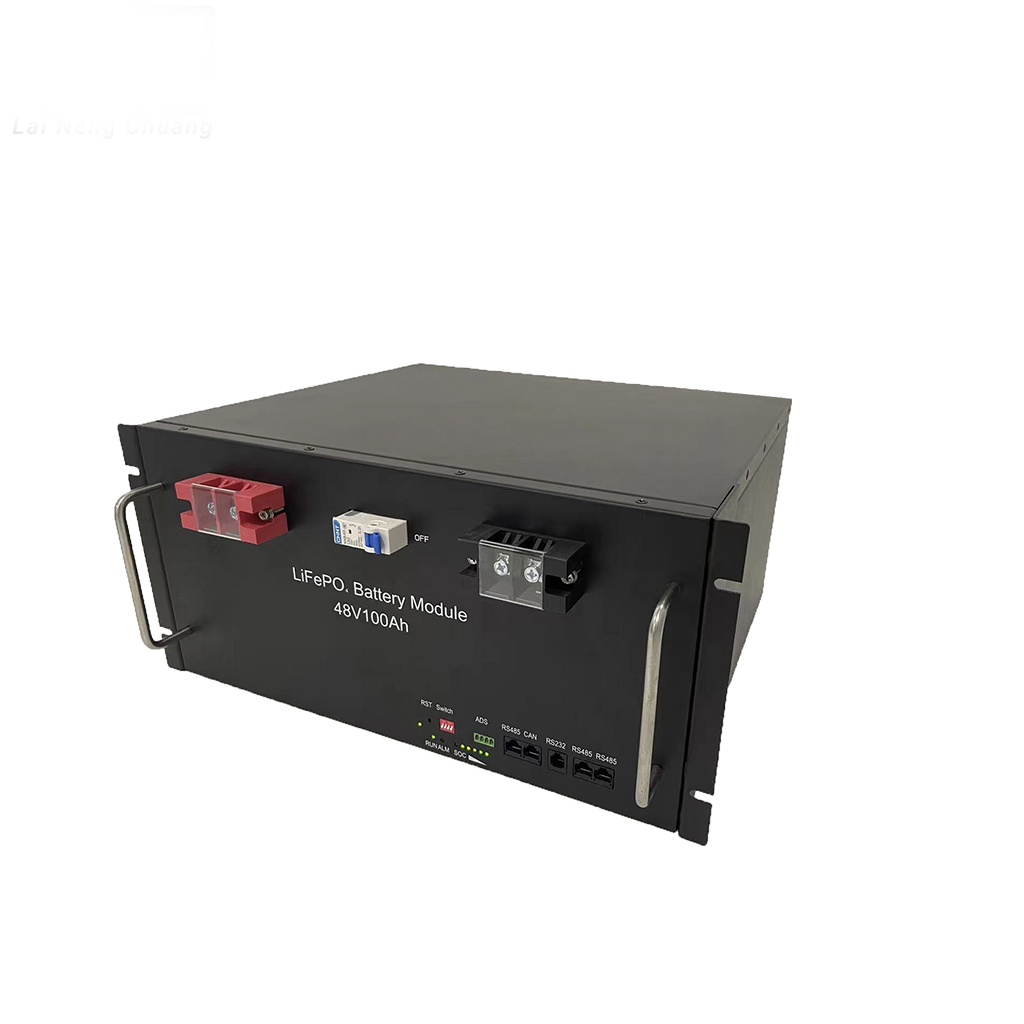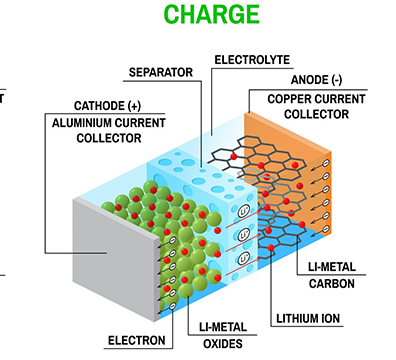Energy storage battery transport precautions?
The energy storage battery is a high-energy density device, which requires special attention to safety during transportation. Here are some details about the transportation of energy storage batteries:
First, comply with transportation regulations
Understand regulations: Comply with national and regional regulations and regulations for energy storage battery transportation. Different regions may have different regulations, including packaging requirements, transportation marks, carrier requirements, etc., must be fully understood and strictly followed.
Document preparation: Energy storage batteries need to be accompanied by some important documents and documents during transportation, such as battery specifications, safety data sheets (MSDS), UN38.3 test certificate, transportation identification letter, and identification results of the use of immigration cargo transportation packaging (dangerous package certificate). These documents can be provided to the relevant personnel for reference and to ensure the compliance of the battery transport.
Second, choose the appropriate packaging
Special design: Energy storage batteries should use specially designed packaging containers to ensure their safe transportation. The packaging should have sufficient strength and protective layer to reduce the impact of external force on the battery. In addition, the packaging should also comply with international and domestic transport standards.
Prevent short circuit: The battery should be placed in a protective container and avoid contact with metal or conductive substances. The positive and negative terminals of the battery must be isolated to prevent short circuits.
Temperature control: Energy storage batteries are more sensitive to temperature, and measures should be taken during transportation to ensure that the battery is within a safe temperature range. In extremely hot or cold environments, the performance and safety of the battery may be affected.
Anti-seismic buffer: the packaging container should have anti-seismic and buffer performance to reduce the external force on the battery and prevent vibration and collision.
Third, personnel training and awareness raising
Professional training: All personnel involved in the transportation of energy storage batteries should receive relevant training to understand the characteristics of energy storage batteries, safe operation and emergency handling procedures. Training can increase personnel awareness and reduce the occurrence of accidents and problems.
Emergency plans: Develop emergency plans to deal with possible emergencies, such as leaks, short circuits, fire, etc. Ensure transport personnel are aware of response measures and are able to respond in a timely manner.
Fourth, transport mode choice
International Express: Many international express companies provide specialized battery transportation services, such as UPS, FedEx, DHL, etc. These companies usually have well-established transportation networks and professional operation teams that can ensure the safe transportation of batteries. However, some express companies may have certain restrictions and requirements on the transportation of batteries.
Air freight line: Some logistics companies provide specialized battery air freight line services, such as the United States line, Canada line, Australia line and so on. These dedicated services usually have the advantages of fast aging and affordable prices, but they may also have certain limitations on the packaging and number of batteries.
Sea/Rail dual cleaning line: For battery products shipped in large quantities, sea or rail dual cleaning line may be a more economical and stable choice. However, due to the relatively long timeliness of sea and rail transportation, senders need to plan their transportation in advance.
Fifth, tracking and query
Transport status inquiry: The sender can inquire the transport status of the battery through the Courier company’s website or customer service channels in order to understand the location and status of the battery in a timely manner.
Customs clearance procedures: In the destination country, the Courier company needs to complete the relevant customs clearance procedures. The sender should understand the customs clearance regulations and requirements of the destination country in advance in order to complete the customs clearance smoothly.
Sixth, risk prevention
Insurance purchase: Senders should also purchase appropriate insurance to cover possible loss or damage.
Continuous attention: During the transportation process, you should pay close attention to the status and transportation of the battery, and timely discover and deal with possible risks and problems.
To sum up, energy storage battery transportation is a complex and rigorous process that requires strict compliance with relevant regulations and standards to ensure transportation safety.







